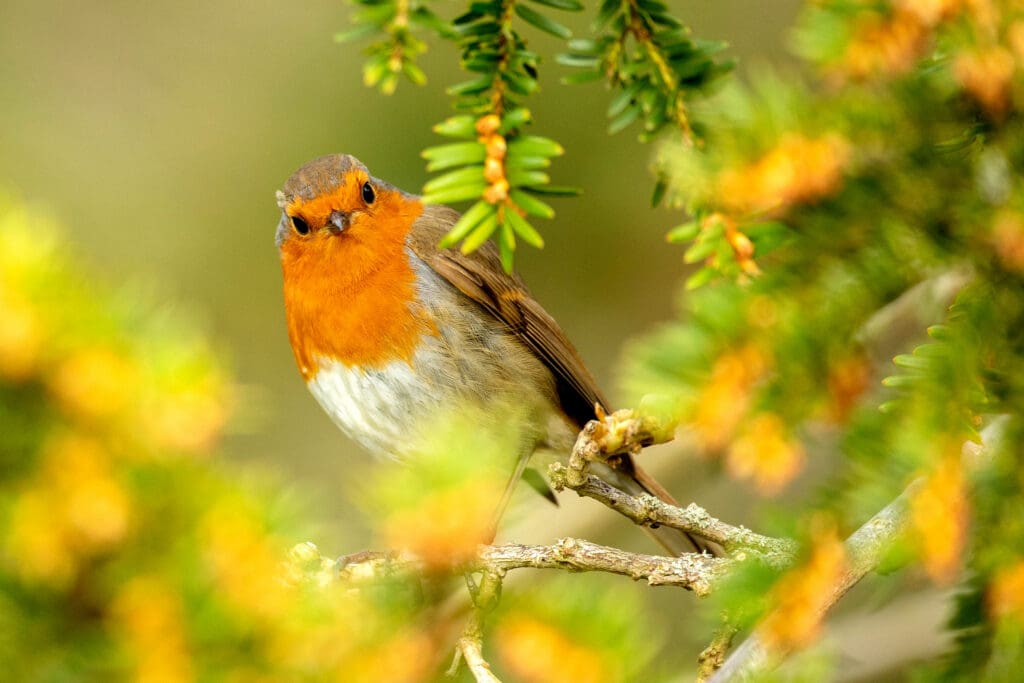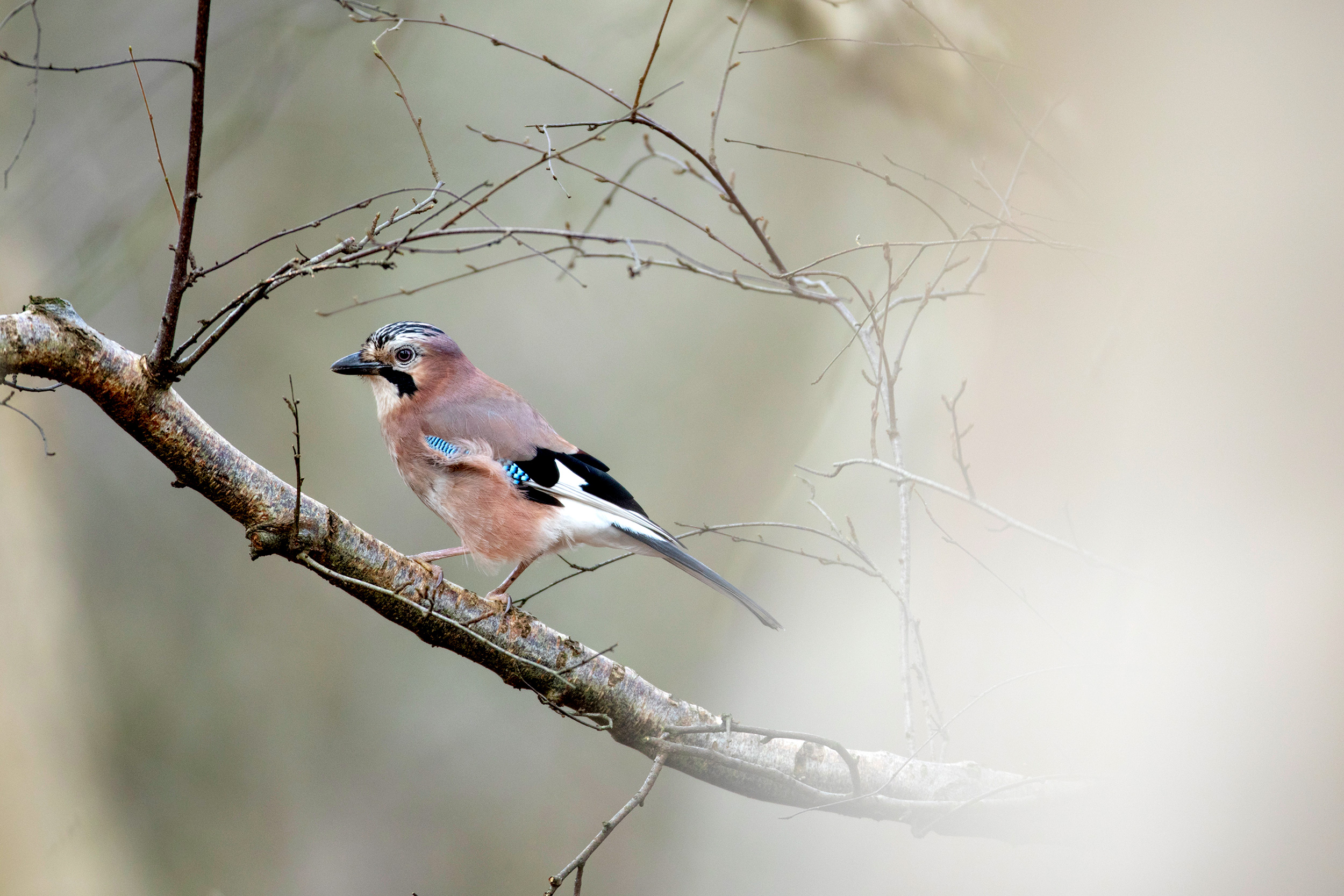My favourite UK bird is the Jay (above). It’s a species that I love spending time with. They’re challenging birds to photograph, often quite secretive and shy, but I have a local spot where, during winter, they become more confiding.
The location is a short drive from my house – this is important because, even if I don’t have long, I can still get a few hours of time in nature and get some photography done. I find this really helps my overall wellbeing. It’s still a challenge to get a good photo of a Jay, though, so while it’s relaxing to sit in the woods, I’m also creatively challenging myself.
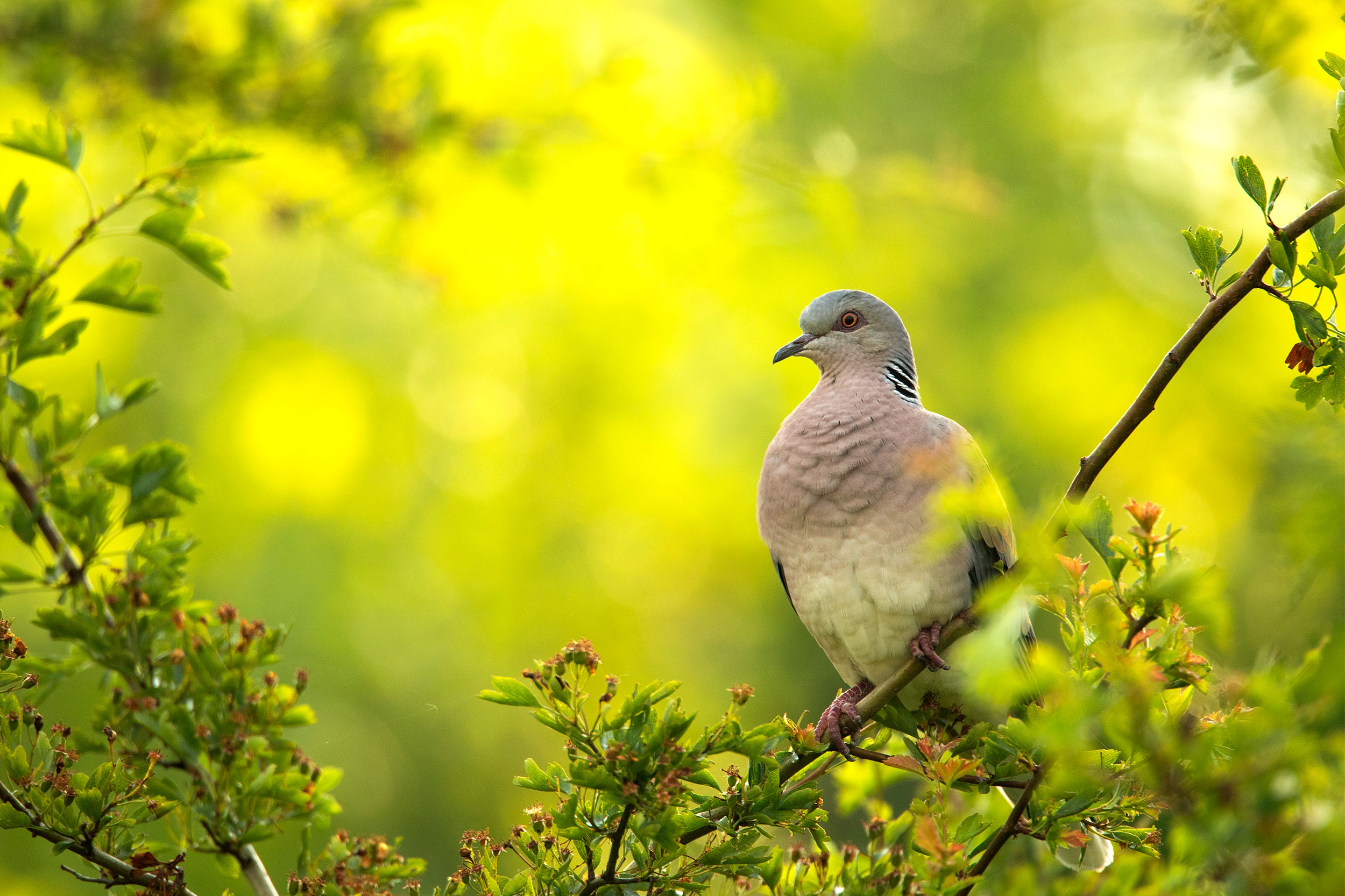
Turtle Dove
In late spring and early summer, there’s another local subject I enjoy spending time with – the Turtle Dove. Its evocative call in the still mornings, often cooler and more atmospheric than on warm sunny days, is so soothing that just hearing it helps my mental health. I often spend just as much time watching the birds and listening to them as I do photographing them. There’s often a small window when they are actively building their nests – that’s the best time. The adults are very active, flying back and forth with twigs, and always perch and sing after each visit to the nesting area. It’s beautiful.
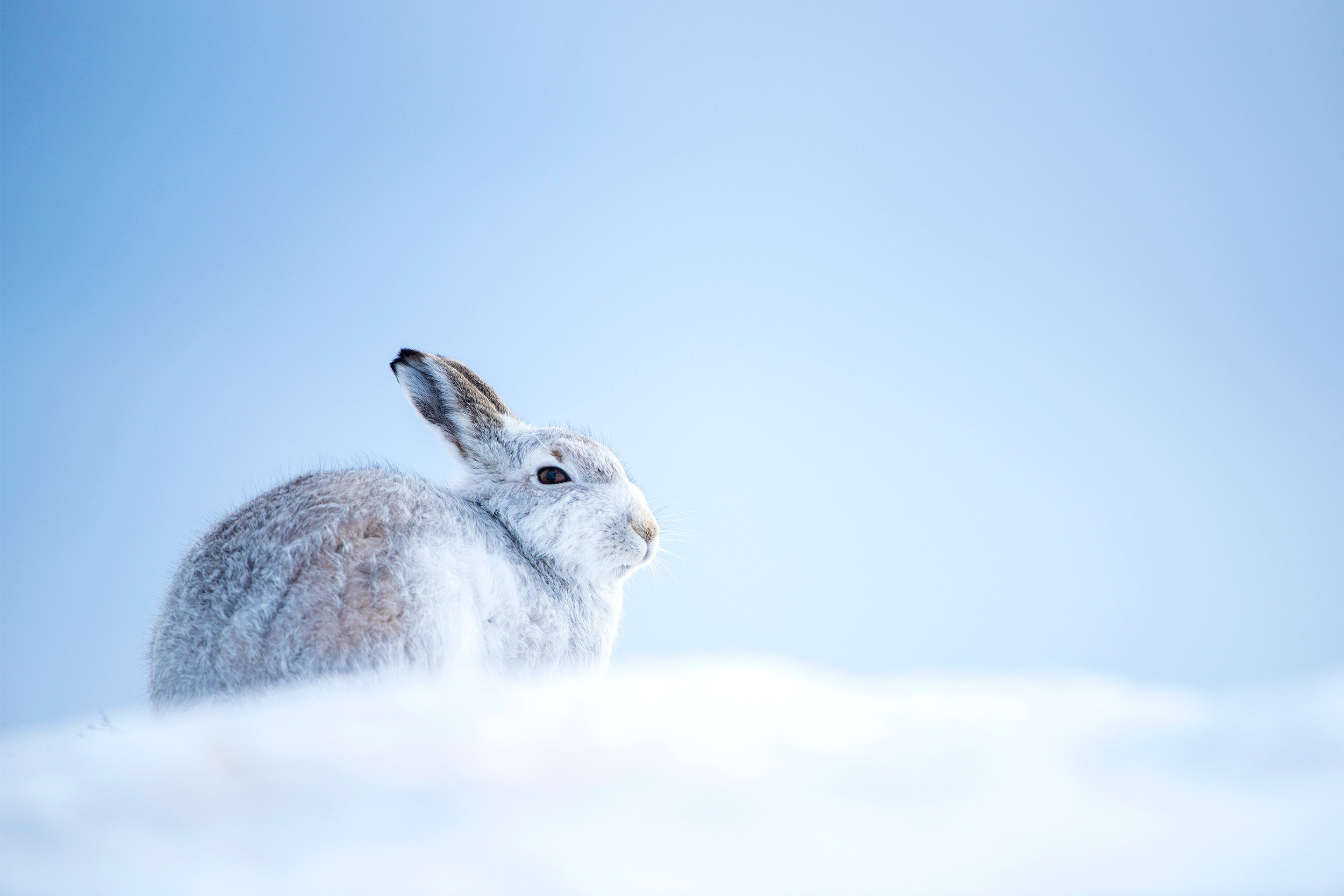
Mountain Hare
Other than my home in Bedfordshire, I don’t think there’s anywhere better than the Scottish Highlands. My trips to this location are few and far between, but I think that’s what makes me savour and enjoy my visits. I feel so lucky to be able to be in this part of the world, and the species I spend time with up there all feel so wild. No species sums this up more than the Mountain Hare. Being out on a cold but crisp sunny day, hiking up to the top of a summit to find these wonderful animals, makes me feel alive. Spending time in their company is simply a brilliant and unforgettable experience.
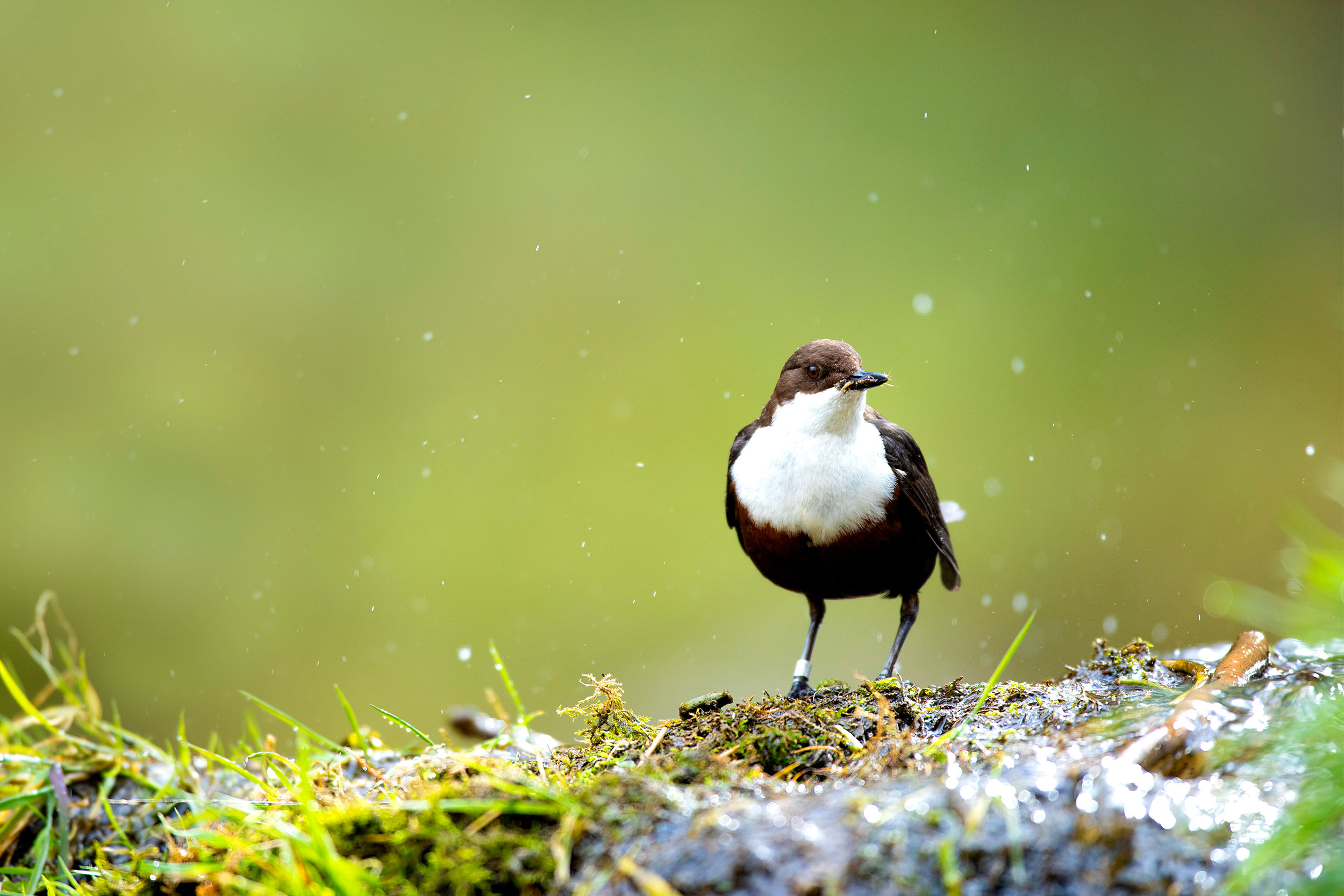
Dipper
For me, there’s nothing more relaxing than sitting beside a crystal-clear river in the Peak District, waiting to photograph Dippers – the sound of the water puts me at ease. Photographing Dippers is often about patience, identifying the rocks in the water that they prefer to perch on and simply waiting in position for them to land. I like to get as low to the water as I possibly can (without getting too wet!) so I can include the gushing water around the rocks in my photos. You could even experiment with using a slow shutter speed to slow down the movement of the water.
Photos: Ben Andrew

Expand your skills
Try our photography workshops, held at RSPB nature reserves across the country. Follow the link to find an event near you.
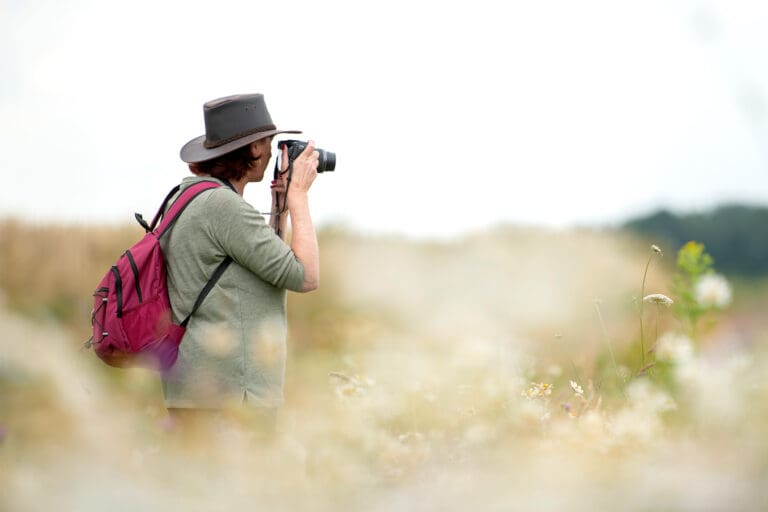
You might also like
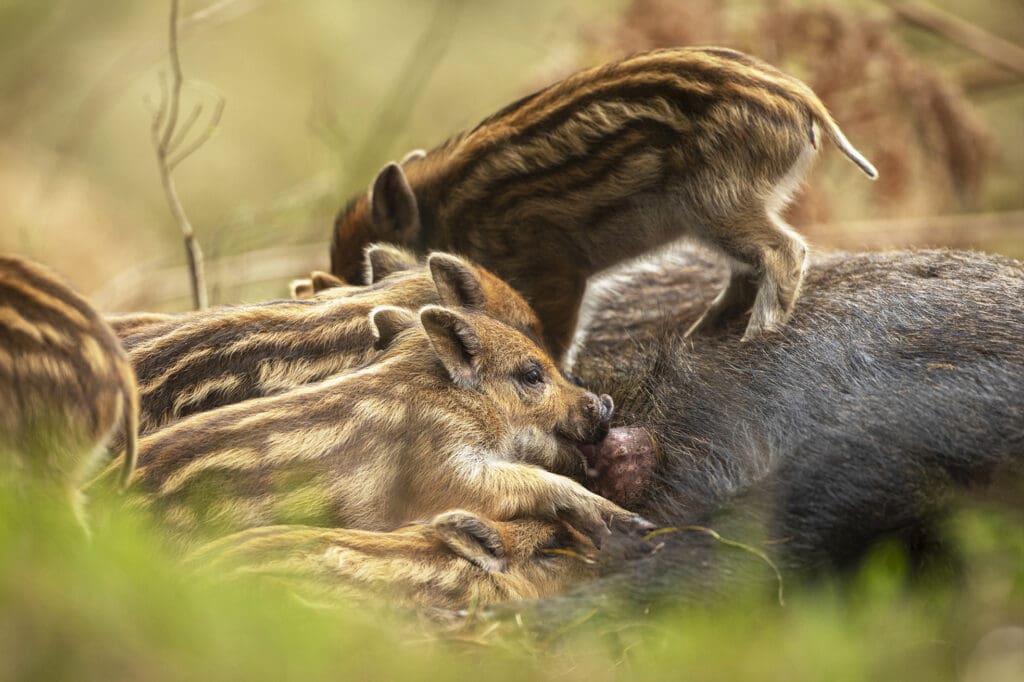
The joys of photographing Wild Boar
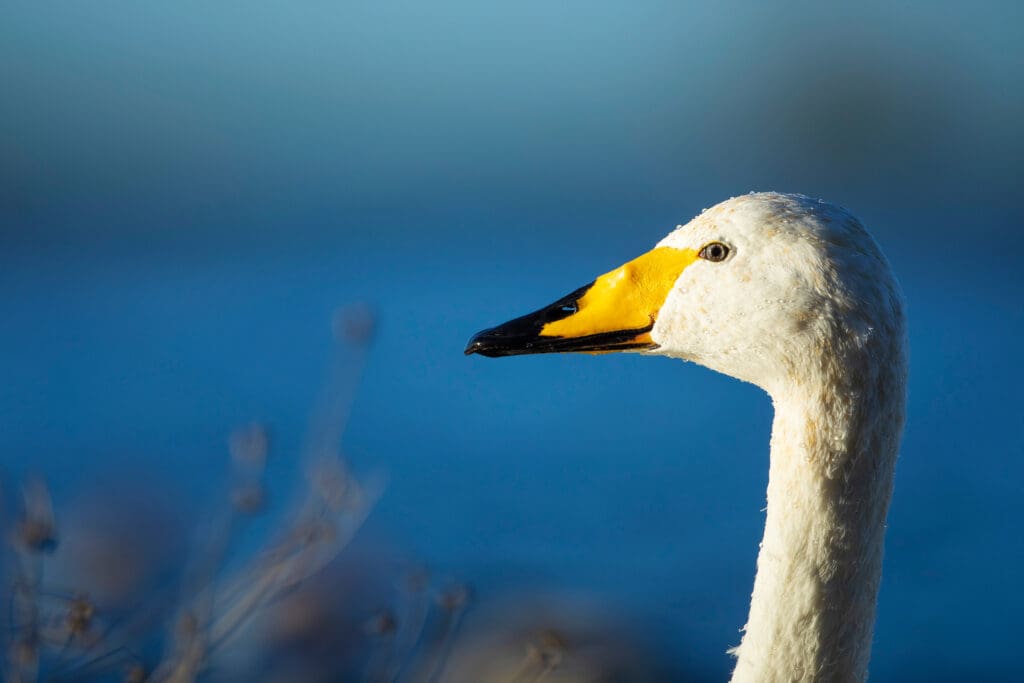
Top five tips for nature photography beginners
